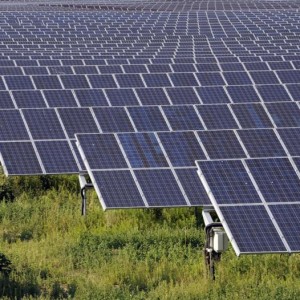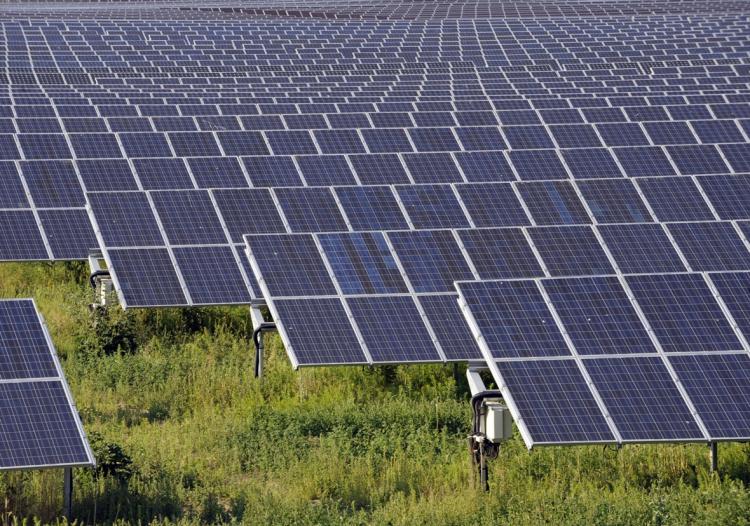A recommendation to limit tariff payments to NSW solar panel owners could kill the state’s solar industry, the NSW Greens say.
The Independent Pricing and Regulatory Tribunal (IPART) recommended last week that NSW solar panel owners be paid between 5.2 cents and 10.3 cents per kilowatt hour for excess electricity fed back into the grid.
However, IPART says the government should not mandate the payments, and instead leave it tour to the power retailers competing for customers.
Jim Cox, chief of IPART, said the benchmark range represented a “fair and reasonable value” for solar panel owners, adding that the most important financial benefit to them was the initial savings on their power bills by generating solar power.
IPART’s benchmark payments compare with the 60c/kWh paid by government to original members of the heavily criticised Solar Bonus Scheme.
The rate was later reduced to 20c, but the coalition government closed the scheme early last year because of a cost rising to hundreds of millions of dollars over budget.
NSW Greens MP John Kaye said such a low feed in tariff would be a “death blow” to the solar industry, already hit hard by the closing of the Solar Bonus Scheme.
“Without a tariff that reflects the full benefits of solar panels and sets the feed-in-tariff at the retail rate, the industry has little hope of surviving the next few years,” Dr Kaye said.
“Solar panels will become a boutique industry rather a mainstream component of reducing greenhouse gas emissions and bringing down electricity bills.”
Nigel Morris, policy adviser with solar industry group AUSES, said business had hoped for a tariff of between 20 cents to 30 cents per kilowatt hour.
“It’s already been reduced to a boutique industry – the industry has virtually stopped dead in NSW since the end of the solar bonus scheme, and the main reason for that was the complete lack of certainty of what might be on offer,” Mr Morris told AAP.
“I actually think the fact that there is potentially something available is good news for solar consumers, and could actually stimulate the market somewhat.”
Chairman of Solar Energy Industries Association (SEIA) NSW Geoff Bragg was “disappointed” with IPART’S final recommendations.
When asked if it would lead to more job losses in the solar industry, he replied: “I don’t know if we can lose any more.”
Mr Bragg expected the residential market to shrink even further over the next year, but foresaw growth in the number of commercial clients as the cost of solar panels continued to fall.
“We’re going to see still a small contraction in the industry in NSW for the coming year or so,” Mr Bragg said.
“But the small commercial and even large commercial markets I expect to grow rapidly over the next 12 months.”
NSW Energy Minister Chris Hartcher called on retailers to offer solar panel owners IPART’s recommended tariff for their electricity, and disputed suggestions that the industry would suffer without a higher payment.
“We have seen more than 27,900 customers sign up to connect solar panels to the grid since the Solar Bonus Scheme was closed to new applicants,” Mr Hartcher said in a statement.
“That’s a terrific result that shows demand for solar panels is still strong even without feed-in tariffs.”
by Australian Solar Quotes

